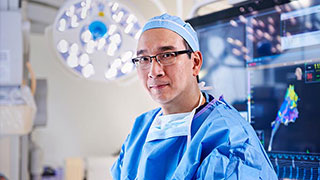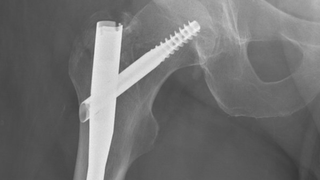Search for opportunities to participate in a muscle or bone research study.
Fractures of the Upper and Lower Extremities
New Patient Appointment or 214-645-8300
MedBlog
Results: 4 Locations
Orthopaedic Surgery Clinic
at Outpatient Building 1801 Inwood Road, 1st FloorDallas, Texas 75390 214-645-3300 Directions to Orthopaedic Surgery Clinic Parking Info for Orthopaedic Surgery Clinic
Orthopaedic Surgery and Sports Medicine
at UT Southwestern Frisco 12500 Dallas Parkway, 3rd FloorFrisco, Texas 75033 469-604-9000 Directions to Orthopaedic Surgery and Sports Medicine Parking Info for Orthopaedic Surgery and Sports Medicine
Orthopaedic and Sports Medicine Programs
at UT Southwestern Medical Center at Richardson/Plano 3030 Waterview Parkway, 1st FloorRichardson, Texas 75080 972-669-7000 Directions to Orthopaedic and Sports Medicine Programs
Orthopaedic, Sports Medicine, and Rehabilitation Programs
at UT Southwestern Medical Center at Las Colinas 6121 N. Highway 161, 3rd Floor, Suite 300Irving, Texas 75038 469-647-4706 Directions to Orthopaedic, Sports Medicine, and Rehabilitation Programs









